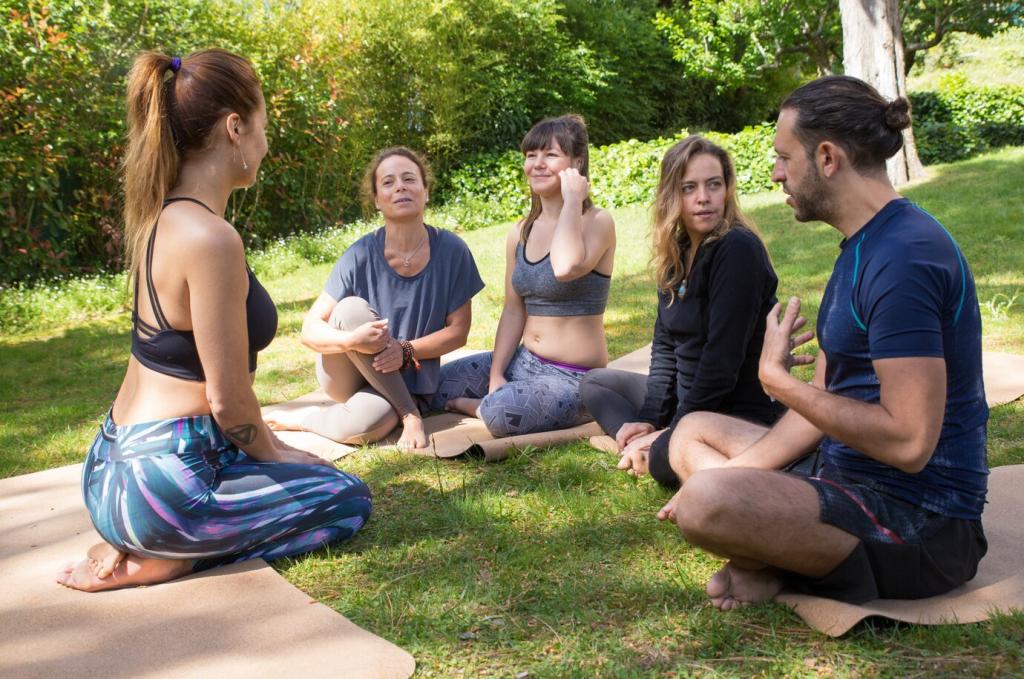The Science of Calm: How Mindfulness Changes a Stressed Brain
Repeatedly returning attention to the present moment is like doing gentle reps for the brain. Over time, this practice supports networks for regulation and clarity while dialing down automatic stress responses, making it easier to pause before reacting when pressure rises quickly.
The Science of Calm: How Mindfulness Changes a Stressed Brain
Slow, steady exhalations stimulate the vagus nerve, which can promote a calmer heart rhythm and a grounded feeling. Pairing breath with mindful noticing helps the body register safety signals, easing tension and supporting recovery from stressful moments that once felt overwhelming.









